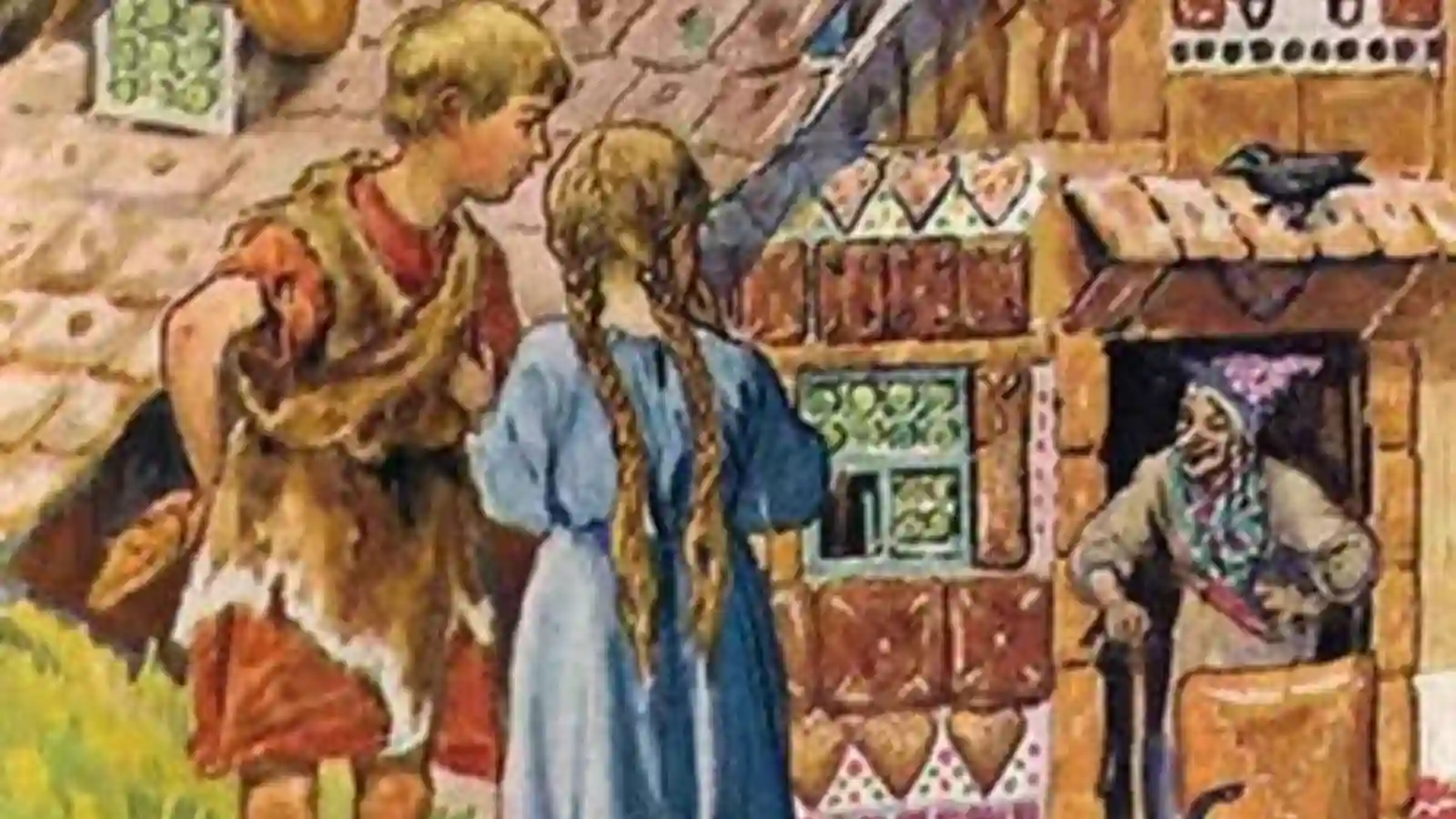‘Tis the season of lights, exuberance, and love! Christmas brings chimes of bells and murmur of Christmas radio mix. There has been a gradual evolution of the festivities on December 25th for centuries. Colonization prohibited certain regions to celebrate the festival with pomp, but the other areas boisterously embraced the religious and secular traditions of Christmas. From adorning the Christmas tree with lights to eggnog to gifts for children there have been many new, old, and borrowed traditions. There are traditions like lighting the Christmas tree.
The Protestant reformer Martin Luther started the Christmas tradition lighting candles around the tree to commemorate the beautiful creations of God in the 16th Century. The bearded man who comes bearing gifts had its origin in Dutch, where it was Sinter Klaas and Saint Nicholas, who appeared riding the reindeer sleigh and distributing gifts to children in 1823. There are confectionaries that people enjoy during the festival. Like the secular traditions that originated in Germany, there is one of the most loved confectioneries, Gingerbread, that became a worldwide phenomenon after an alleged legend. So, how did gingerbread and gingerbread houses come about?
Read More: How Did Christmas Trees Become A Part Of The Christmas Tradition?
The Origins Of Gingerbread

The medicinally enriched ginger came to the west through one of the oldest trading routes in the world, the Silk Road. It was China that first cultivated ginger roots. In Sanskrit, it is called ‘srigavera’ which can be translated as ‘roots shaped like a horn’, an apt description. The roots were used to cure the plague among many things.
The origin of this spicy loaf of bread came about in Greece in 2400 BC. But, Egypt found evidence of spicy bread. In the pharaohs’ tombs, the archaeologists found crumbs and morsels of honey cakes and spicy honey bread.
Both east and west had their versions of gingerbread. In European countries like England, Holland, France, and others, had fairs with cookies with a gold leaf atop shaped in the molds of the royals. Queen Elizabeth I popularized the elaborate and decorated gingerbreads served to officials that would arrive in the country.
France started baking them. Germany has its guild to protect the recipe of some of the bakers. Nuns in Holland started baking cookies for dessert to cure indigestion. But, like the Christmas traditions, Germany mainstreamed the gingerbread traditions. Germans called gingerbread ‘lebkuchen’, which had its origin in “Franconian” writings in the 13th century. Historians have been arguing about the name for ages now.
Read More: Top 10 Animes To Watch At Christmas
How Did Gingerbread Houses Become A Christmas Tradition?

Again, the gingerbread story is a legend in Germany which is not related to Christmas. It was a German tale of Hansel and Gretel in 1812. The Grimm Brothers’ tales had a line in the story: “When they came nearer they saw that the house was built of bread, and roofed with cakes, and the window was of transparent sugar”. It then evolved into gingerbread. Germans brought Gingerbread house (lebkuchenhaus häusle) traditions to America.
In the 17th century, the Germans began the tradition of building elaborate houses and intricate designs. George Washington’s mother gifted these edible houses as a diplomacy policy. Every year, before Christmas, December 12th is observed as ‘National Gingerbread House Day’. The gingerbread houses’ building traditions turned into Guinness Records. In 2013, Texas had the biggest Gingerbread house made. Chef Jon Lovitch in New York Marriott Marquis Hotel 2017 built the biggest gingerbread village.

